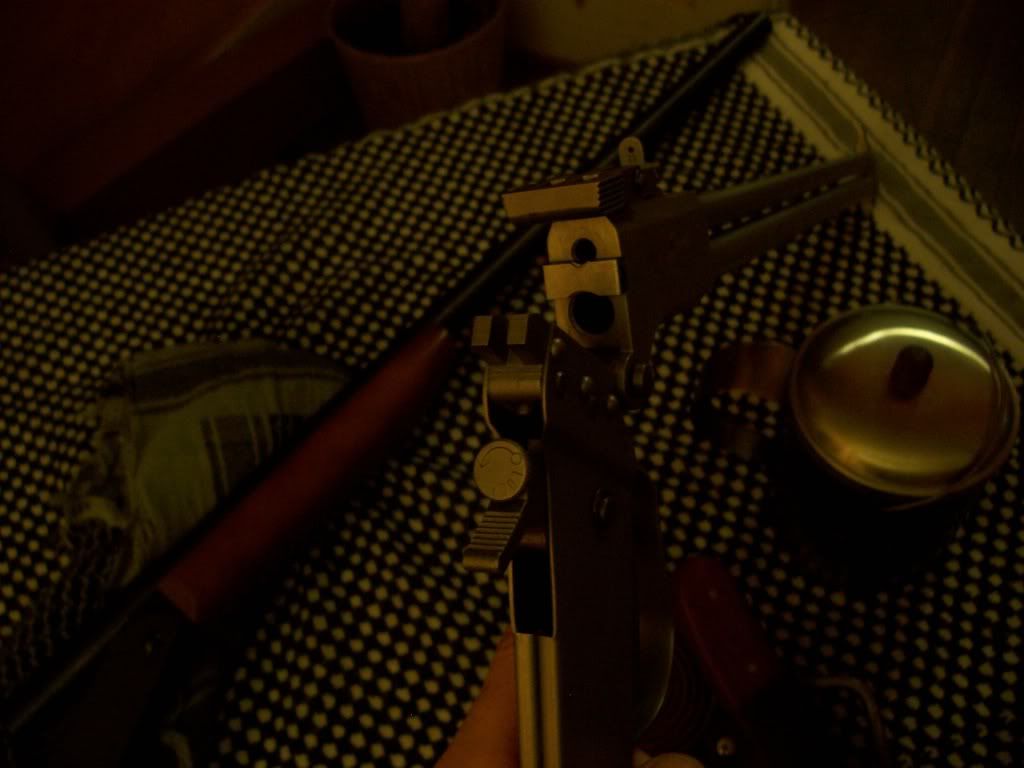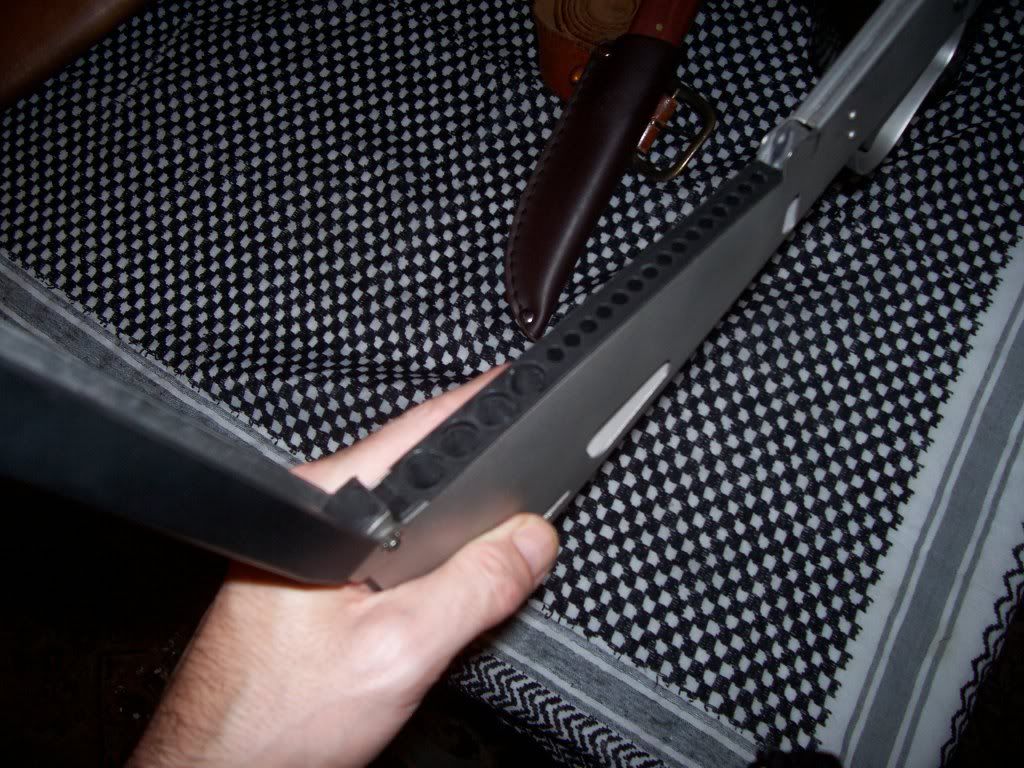
21st Century LongHunters is a disscussion group on FaceBook that was Created D. Canterbury, and is a wonderful look back into our past, and a deeper look into his pathfinder system. please go to the wilderness outfitters channel or the Survival Adventure Network channel on youtube for further information on this facinating subject and how this whole project came about.
A Longhunter was an 18th-century explorer and hunter who made expeditions into the American frontier wilderness for as much as six months at a time. Historian Emory Hamilton asserts that "The Long Hunter was peculiar to Southwest Virginia only, and nowhere else on any frontier did such hunts ever originate" although the term has been used loosely to describe any unofficial American explorer of the period. Most long hunts started in the Holston River Valley near Chilhowie, Virginia. The hunters came from there and the adjacent valley of the Clinch River, where they were land owners or residents. The parties of two or three men (and rarely more) usually started their hunts in October and ended toward the end of March or early in April.
The information gathered by longhunters in the 1760s and 1770s would prove critical to the early settlement of Tennessee and Kentucky. Many longhunters were employed by land surveyors seeking to take advantage of the departure of the French from the Ohio Valley at the end of the Seven Years War. Some later helped guide settlers to Middle Tennessee and southeastern Kentucky.
The end of King George's War in 1748 left control of the territory between the Appalachian Mountains and the Mississippi River in dispute. The French wanted the region to connect their holdings in Canada with New Orleans, and the British sought to establish a foothold in the Ohio Valley. The maneuvers of French commander Pierre-Joseph Celoron de Blainville in 1749 discouraged English trade west of the Appalachians, although English speculators remained interested in the region. Walker's 1750 expedition briefly explored what is now southeastern Kentucky, and explorer Christopher Gist managed to reach the mouth of the Kentucky River in 1751. In the opening years of the French and Indian War, the French gained control of the Ohio Valley with the defeat of George Washington at Fort Necessity. With the fall of Fort Duquesne and the construction of Fort Pitt in 1758, however, the French were forced to evacuate the region. The French departure and a relative state of peace with the Cherokee during the same period opened up the region to English explorers and hunters.
John and Samuel Pringle, two deserters from Fort Pitt, spent much of the early 1760s hunting in the Tygart Valley and likely ranged into what is now Kentucky. Part of Elisha Walden's 1761 party hunted along the Rockcastle River from their station camp in southwestern Virginia. In 1767, an expedition led by James Harrod and Michael Holsteiner (Michael Stoner) crossed Kentucky from north-to-south, reaching the Nashville area several weeks after departing from the Illinois Country. Around the same time, an expedition led by Benjamin Cutbird crossed Cumberland Gap and pushed all the way to the Mississippi River, where they shipped the pelts they had collected down to New Orleans.
In 1768, an English explorer named John Finley passed through the Yadkin Valley and visited Daniel Boone, with whom he had served in the French and Indian War. Finley told Boone of the natural splendor of Kentucky's Bluegrass region, which he had visited as a merchant before the French and Indian War. The following year, the two led an expedition into Kentucky, traveling up the Rockcastle River and establishing a station camp at Red Lick Fork. While Boone and a companion named John Stuart were hunting along the Kentucky River, they were captured by the Shawnee, and their pelts were confiscated. They returned to their station camp to find it plundered, and learned that Finley and the rest of the expedition had returned to North Carolina. Undeterred, Boone and Stuart continued hunting in the region. Boone was later joined by his brother, Squire, and the Boone brothers remained in the Kentucky wilderness until 1771. Although they again had their pelts confiscated when they were intercepted by the Cherokee at Cumberland Gap, the Boones were nevertheless eager to return to settle in the region. Daniel Boone's vivid accounts of his hunting exploits helped draw a flood of settlers to Kentucky in subsequent years.
people that i research and study are..
Daniel Boone
Davey Crockett
George Washington Sears aka Nessmuk
Kephart
Mors Kohanski
Richard Pronekke
great men who own thier skills and depended on no one else but themselves. self reliance. that is what it is to be american right now to me.
the idea of a 21st century longhunter, is to take the concepts and fronteir mentality of the old days into the 21st century. what gear did these men carry and why and how that relates to modern day equipment, and why we carry what we carry as individuals to manifest our self reliance in the wilderness.
i'd also like to talk about some of the platforms that are being reviewed by the 21st century longhunter disscussion group. these platforms are break action rifles ir shotguns that can be broken down and are very packable and be highly versitile.
i went to the gun show today, with the full intention of finding and purchasing both platforms.
here they are.

the H&R single shot Break Action 12 ga. shotgun. 3" modified choke... this is a must for using this platform as a BP muzzleloader. this is the gun that dave has chosen after doing his field research. there are several mod being worked on, like slings and extra storage in the stock. one gentleman has routed out a space on the side of his stock for a Altoids tin / patch box, to keep shooting supplies and gun maintenence parts. pretty cool, very versitile and can be found for a common mans price everywhere guns are sold.
and

the CZ/Springfield M-6 Scout. this was originally a airmans rifle, that was put into ejection seats with the rest of a E&E kit. even today many bush pilots in alaska carry this weapon as part of thier survival / self reliance gear. this lil pack rilfe for all intensive purposes, is a .22lr / .410 over and under. it also has storage for 10x .22lr and 4x .410 shotgun shells, as seen here.

cool thing is i can take a empty .410 and fill one with a mini fire kit, or with a mini fishing kit. also getting a wing nut that will fit the pin hole is a good idea near the break action. then if you ever loose the pin that holds the barrel to the reciver, you have a back up. having extra maintenence part is crucial.
here are some vids by D. Canterbury, who started the 21st Century Longhunter Project. one on the H&R and another on the M-6...
enjoy.
Springfield M-6
http://www.youtube.com/watch?v=cKI3E-8TLW0
H&R break action single shot shotgun as a improvised black powder muzzle loader
http://www.youtube.com/watch?v=ES59LtA7XE8
sub caliber inserts for H&R
http://www.youtube.com/watch?v=R_f7C4ogORs
now i know there are other choices... like the AR-7, or the marlin pappoose. but i just dont like the construction materials and shoddy build of those platforms.
one of the Pathfinder Instructors, Chance Saunders has a new product comming out, that i am not quite at liberty to divulge, but i am told i will be doing a full field test and review of this product, and i feel it will put the M-6 to shame. please stay tuned to this thread for more info as i can release it on this matter.
paint update and some mods i am thinking on doing...
part 1
http://www.youtube.com/watch?v=R7-0pSNF3MU&feature=youtu.be
part 2
http://www.youtube.com/watch?v=_NuLS7ec3zM&feature=youtu.be
enjoy and stay tuned more to come!
thanks for your views, comments and support.



